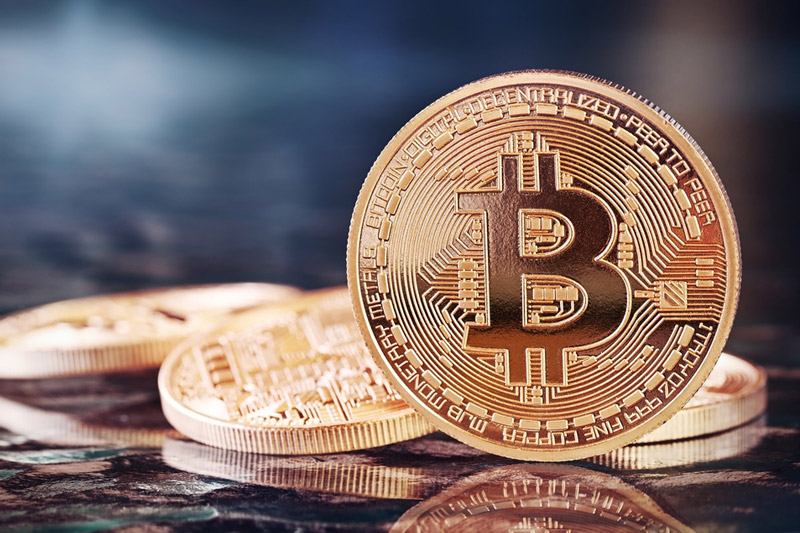U.Today - Ethereum Foundation researcher Justin Drake's claim about the Cardano network was discussed by Cardano founder Charles Hoskinson in a recent X post.
Justin Drake recently appeared on the Paul Barron network show, where he discussed the proposed Beam Chain upgrade to enhance Ethereum’s consensus layer with faster finality and zero-knowledge proof integration. Part of the discussion sought to answer the questions, "Is liquid staking an immediate threat to Ethereum?" and "Is Cardano staking superior to Ethereum?"
The topic in question raised some misconceptions, leading Hoskinson to elaborate on the strong security model that supports the project, which he drew inspiration from for Bitcoin's design.
Hoskinson responded, "I guess he doesn't understand how Nakamoto consensus works or Ouroboros, for that matter. Cardano's security model was inspired by Bitcoin's design. We don't have BFT style rounds." He highlighted that Cardano's approach does not require slashing, and it enjoys 50% Byzantine resistance.
Unlike classical Byzantine Fault Tolerance (BFT) protocols, Cardano employs a different notion of finality. Hoskinson expressed surprise that, even after seven years, Ethereum's scientists have not engaged with Cardano's research or studied its network. This lack of engagement has led to misunderstandings about Cardano's capabilities and security mechanisms.
X community react
X users provided context to the Paul Barron Network's tweet, revealing the misconception that the tweet framed.They stated that Cardano never finalizes two conflicting checkpoints. In theory, discrepancies can be settled in 36 hours, but in practice, they are usually sorted out in 40 seconds.
Thinking that Cardano, like Ethereum, is subject to the same inconsistencies that invalidate the existence of slashing is a gross misunderstanding. This is in line with what the Cardano founder has always been arguing, Cardano requires slashing and not needslashing. For example, slashing is the punishment of the validators on (PoS) networks, such as Ethereum, when they commit infractions like double signing or an invalid transaction.
